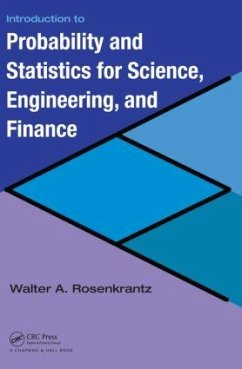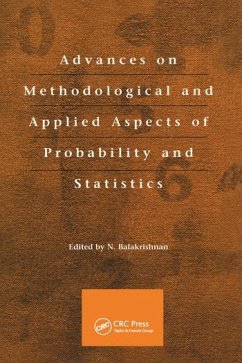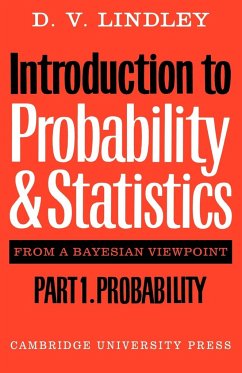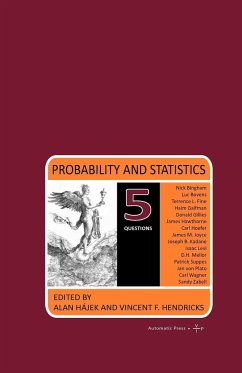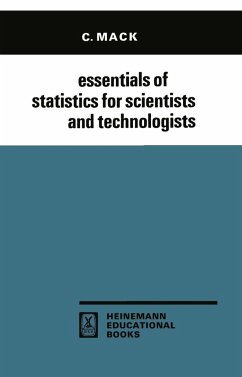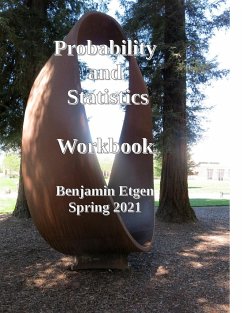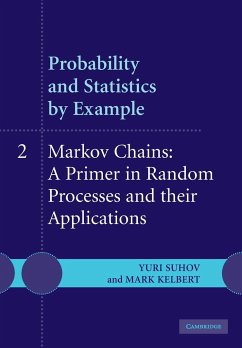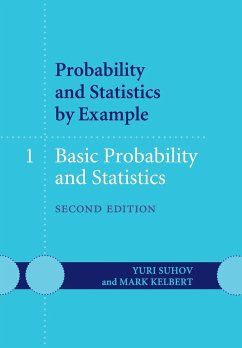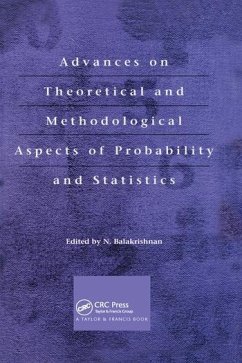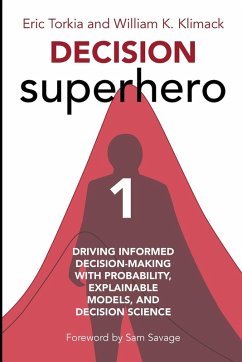
Complete Probability & Statistics 2 for Cambridge International AS & A Level
Versandkostenfrei!
Versandfertig in über 4 Wochen
31,99 €
inkl. MwSt.

PAYBACK Punkte
16 °P sammeln!
Providing complete syllabus support (9709), this stretching and practice-focused course builds the advanced skills needed for the latest Cambridge assessments and the transition to higher education. Engaging, real world examples make mathematics relevant to real life.



